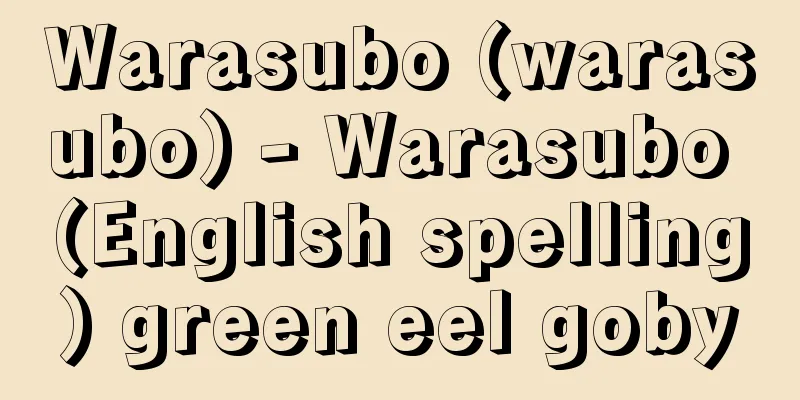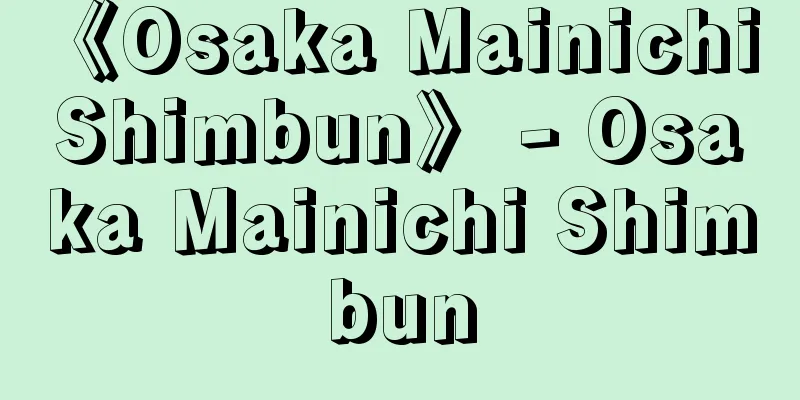Kokufu ruins

|
<br /> The remains of the provincial capital in Soja, Fujiidera City, Osaka Prefecture. This area is located west of the confluence of the Yamato River and Ishikawa River, near the northeastern terrace cliffs of the Habikino Hills. It has been a key transportation point since ancient times and has been recognized as the location of the Kawachi provincial capital, and the ruins have been known for the excavation of human bones since early times. In 1916 (Taisho 5), when it was thought that there was no Paleolithic period in Japan, stone tools that may have been from the Paleolithic period were collected, and investigations began. In 1957 (Showa 32), a distinctive knife-shaped Paleolithic tool was discovered beneath a layer containing Jomon period relics, and the site was confirmed as a Paleolithic ruin. Not only Paleolithic relics, but also human bones from the Jomon and Yayoi periods, Yayoi pits, salt-making pottery from the Kofun period, related remains of the Inui-dera Temple site founded in the Asuka period, remains of buildings related to the Kawachi Kokufu ( Kawachi provincial capital) from the Nara period, round-faced inkstones, glazed pottery, clay horses, and black pottery, clay kettles, and ink-written pottery from the Heian period onwards have all been excavated from the site. As it is also academically valuable, it was designated a national historic site in 1974 (Showa 49), and was given additional designation in 1977 (Showa 52). Currently, part of the historic site has been developed into a park. It is about a 10-minute walk from Haji-no-Sato Station on the Kintetsu Minami-Osaka Line. Source: Kodansha National Historic Site Guide Information |
|
大阪府藤井寺市惣社にある国府跡。この地は大和川と石川の合流点の西、羽曳野(はびきの)丘陵の東北部段丘崖近辺に位置し、古代から交通の要衝で、河内国府の所在地として認識され、遺跡地は早くから人骨が出土することで知られていた。日本には旧石器時代は存在しなかったと考えられていた1916年(大正5)、旧石器時代の可能性のある石器が採集されたことから調査が始まり、1957年(昭和32)に、縄文時代の遺物を包含する地層の下から、ナイフ形の特徴的な旧石器が発見され、旧石器時代の遺跡として確認された。遺跡からは旧石器時代の遺物だけでなく、縄文時代・弥生時代の人骨、弥生時代の土坑、古墳時代の製塩土器、飛鳥時代創建の衣縫(いぬい)寺跡の関係遺構、奈良時代の河内国府に関係する建物群跡と円面硯、施釉陶器、土馬など、また、平安時代以降の黒色土器、土釜、墨書土器なども出土した。学術的にも貴重なことから1974年(昭和49)に国の史跡に指定され、1977年(昭和52)に追加指定を受けた。現在は史跡の一部が公園として整備されている。近畿日本鉄道南大阪線土師ノ里駅から徒歩約10分。 出典 講談社国指定史跡ガイドについて 情報 |
>>: Koi Gekasouden - Koi Gekasouden
Recommend
Ada Group - Adagun (English spelling)
A group of about 10 manuscripts, ivory reliefs, an...
Culex pipiens forma molestus
… [Takeshi Kurihara]. … *Some of the terminology ...
Takami Mountains - Takamisanchi
A mountain range stretching from east to west in ...
Rock slide
...Some contain a large amount of water, while ot...
Sheet silicate
...This is the reason why cleavage parallel to th...
Book of Kings
...The distinctive feature of paintings of this p...
Kanmuriyama Mountains
This mountain range forms the western edge of the ...
The Realm of Hungry Ghosts
〘Noun〙 A Buddhist term. One of the five or six pat...
Algal mat
...A sedimentary structure consisting of laminae ...
Buntan (Pomelo) - Buntan
A fruit tree of the Rutaceae family native to sout...
Itakobushi - Itakobushi
A popular song from the mid-Edo period. During th...
Kavelin, KD (English spelling) KavelinKD
...For this reason, their opponents, the Slavophi...
KAMI
Occupation Rock drummer Group Name Group name: MA...
Dropping Roller - Dropping Roller
…Katsura Imperial Villa also uses elaborately des...
Polynoidae
…A general term for the annelids belonging to the...








![Colima [river] - Colima](/upload/images/67cb9d726589b.webp)
